The Gateway: David Sanborn
I first became aware of the alto saxophonist David Sanborn when I listened to Michael Franks’ album Sleeping Gypsy. This masterpiece, produced by Tommy LiPuma—the key figure of this discussion—features Sanborn delivering an outstanding saxophone solo.
This article traces a typical music aficionado’s chain of discovery, leading from Michael Franks to David Sanborn, then to Ricky Peterson, and finally to Tommy LiPuma.
While listening to David Sanborn’s albums, I first came across the name Ricky Peterson, an organ player, in the early 1990s. Up to that point, I had always associated Sanborn’s keyboard support with Don Grolnick. A pianist and producer, Grolnick had worked with artists like Steely Dan, Steps Ahead, and Kazumi Watanabe. He played piano, organ, and synthesizer on Sanborn’s Straight to the Heart album, which even won a Grammy.
So, when I saw Ricky Peterson’s name suddenly appear in the credits, I was completely unfamiliar with him. Unlike a traditional pianist, he seemed to be primarily an organist. As someone deeply immersed in progressive rock since my university days, I have always had a stronger attachment to the organ than to the piano. Naturally, I became intrigued by Peterson’s playing style.
When you think of the organ, the Hammond organ immediately comes to mind—a fundamental instrument in progressive rock. Through my work, I have interviewed Hammond organists as well as Suzuki Musical Instruments, the company that manufactures Hammond organs in Japan. The Hammond B3 and C3, in particular, are the ultimate dream instruments for organ players. Their complex, rich, and deep tones, especially when played through a Leslie speaker, produce a truly one-of-a-kind sound. Knowing that Ricky Peterson used the Hammond as his main instrument made it impossible for me to ignore him.
Organist Ricky Peterson
The first time I heard Ricky Peterson’s playing was on David Sanborn’s 13th album, Upfront, produced by Marcus Miller. The opening track, Snake, features Peterson delivering funky backing on the Hammond B3. His percussive approach, incorporating third percussion, left a strong impression on me.
My first reaction was, “Who exactly is this Ricky Peterson?” His funky and sharp playing style gave me a fresh perspective on Hammond organ performance.
Ricky Peterson’s Profile
Ricky Peterson is a composer, arranger, and keyboardist from Minneapolis. He gained recognition as a longtime support member for David Sanborn, a role he has maintained for over 20 years. In the 1990s, he also produced music for Prince and collaborated with major artists like George Benson, Boz Scaggs, Chaka Khan, and James Taylor, steadily expanding his influence in the industry.
■ Recommended Album: Night Watch (1990)
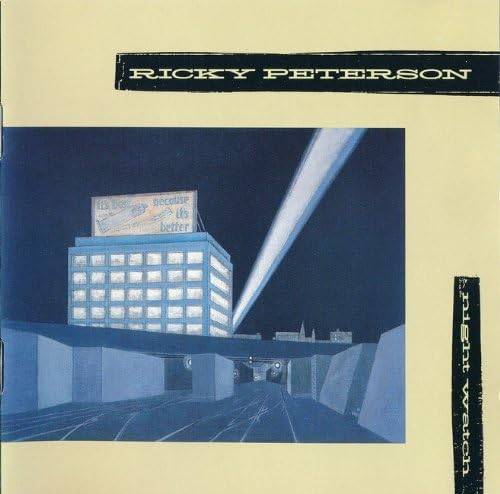
Released in 1990, Ricky Peterson’s solo album Night Watch was produced by none other than Tommy LiPuma and Ben Sidran. Among LiPuma’s productions, this album stands out as rather unique. Typically, LiPuma’s production style is characterized by well-organized arrangements with no unnecessary sounds and minimal use of synthesizers.
However, this album does not follow that pattern. One possible reason is that Ricky Peterson himself is a keyboard player, which likely influenced the extensive use of synthesizers. Additionally, the album features a heavy use of sequenced synthesizer phrases, resulting in a very dense sound. While the arrangement remains organized, it strongly deviates from Tommy LiPuma’s usual style. Furthermore, Peterson’s primary instrument, the Hammond organ, is used sparingly. This may have been influenced by the other producer, Ben Sidran, who is also a keyboardist. Another factor could be the era’s demand for more digital-sounding productions, which likely played a role in shaping the album’s sound. The reduced presence of the Hammond organ may well have been a reflection of the musical trends of the time.
One notable aspect of the album is its heavy use of the Roland D-50 synthesizer, which was released around that time. The D-50, a hybrid digital-analog synth launched before sampling synths became mainstream, was designed to blend sampled attack transients (such as the scrape of a bow on strings or the chime of a bell) with analog-style synthesis. Much like Yamaha’s DX7, it became a worldwide hit.
Recommended Track: “Living It Up”
A cover of Bill LaBounty’s classic “Living It Up”. While LaBounty’s original is centered around Fender Rhodes piano, Peterson’s version introduces sequenced phrases, giving it a lighter and more electronic feel. Peterson himself takes on the vocals, and though he is primarily a keyboardist, his singing ability is exceptional.
Musicians, Albums, and Recommended Tracks Featured in This Article
- Artists: Ricky Peterson, David Sanborn, and others
- Album: Night Watch
- Recommended Track: “Living It Up”
The “sound & person” column is made up of contributions from you.
For details about contributing, click here.











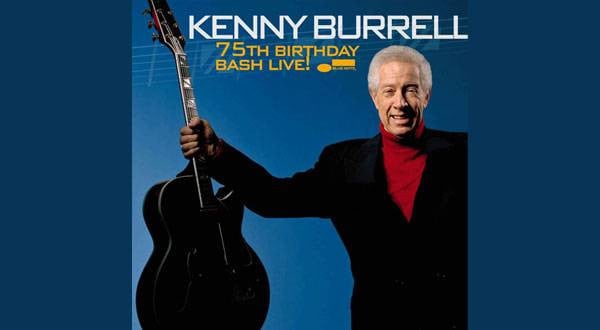

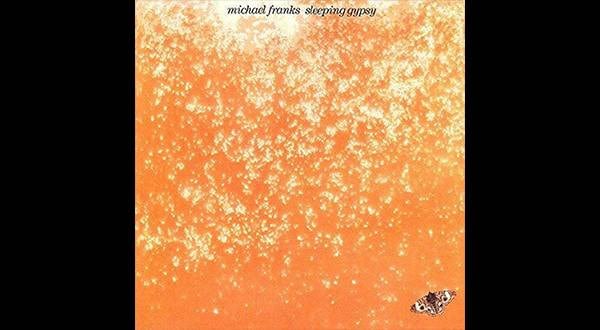

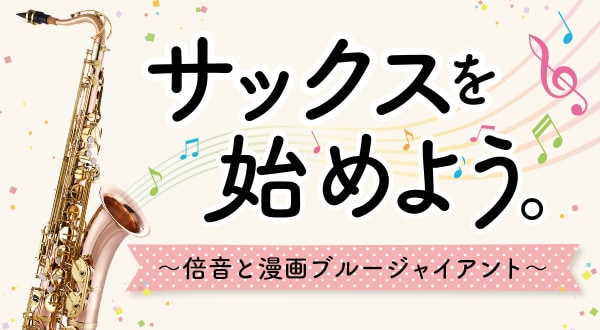
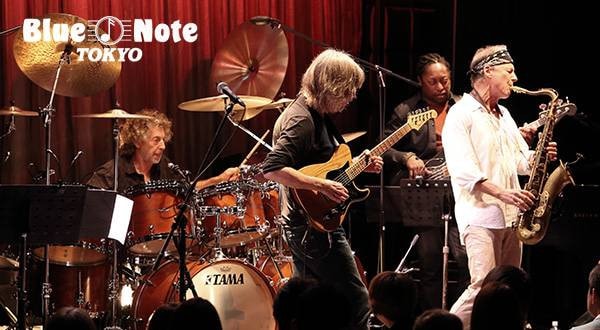
 サックスリード特集
サックスリード特集
 サックスのお手入れ
サックスのお手入れ
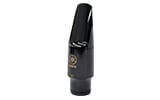 サックスのマウスピース
サックスのマウスピース
 サックスの組み立て方
サックスの組み立て方
 サックスの選び方 材質、キィタイプ
サックスの選び方 材質、キィタイプ
 サックスとは
サックスとは















